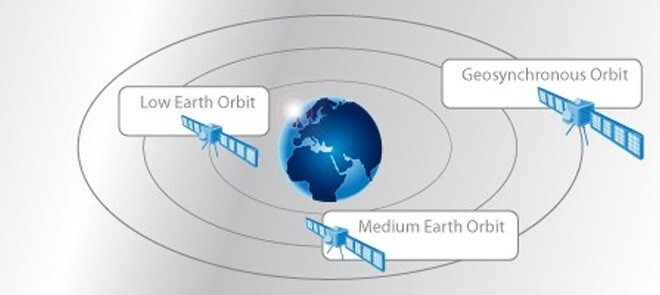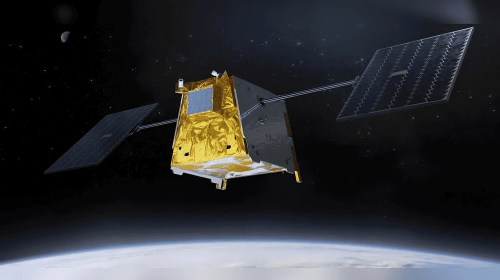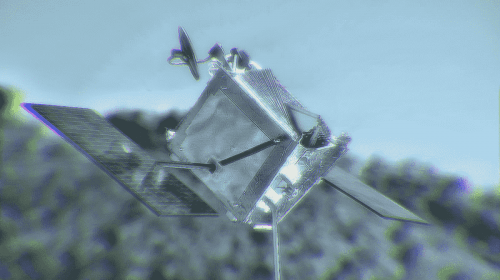May 13, 2015
A communications satellite is a
satellite located in space for the purposes of telecommunications. There are three altitude classifications for
satellite orbits:
 How Satellite Internet Works Illustration
How Satellite Internet Works Illustration
LEO – Low Earth Orbit
LEO satellites orbit from 160-2000km above the
earth, take approximately 1.5 hrs for a full orbit and only cover a portion of the earth’s surface, therefore
requiring a network or constellation of satellites to provide global, continual coverage. Due to the proximity to Earth, LEO satellites have a lower latency
(latency is the time between the moment a packet is transmitted and the moment it reaches its destination) and
require less amplification for transmission.
MEO – Medium Earth
Orbit
MEO satellites are located above LEO and below GEO satellites and typically travel in an
elliptical orbit over the North and South Pole or in an equatorial orbit. These satellites are traditionally used
for GPS navigation systems and are
sometimes used by satellite operators for voice and data communications. MEO satellites require a constellation of
satellites to provide continuous coverage. Tracking antennas are needed to maintain the link as satellites move in
and out of the antenna range.
GEO – Geostationary Orbit
GEO satellites orbit at 35,786 km (22,282 mi) above the equator in the same direction and speed as the earth rotates
on its axis. This makes it appear to the earth
station as fixed in the sky. The majority of commercial communications satellites operate in this orbit;
however, due to the distance from the earth there is a longer latency.





